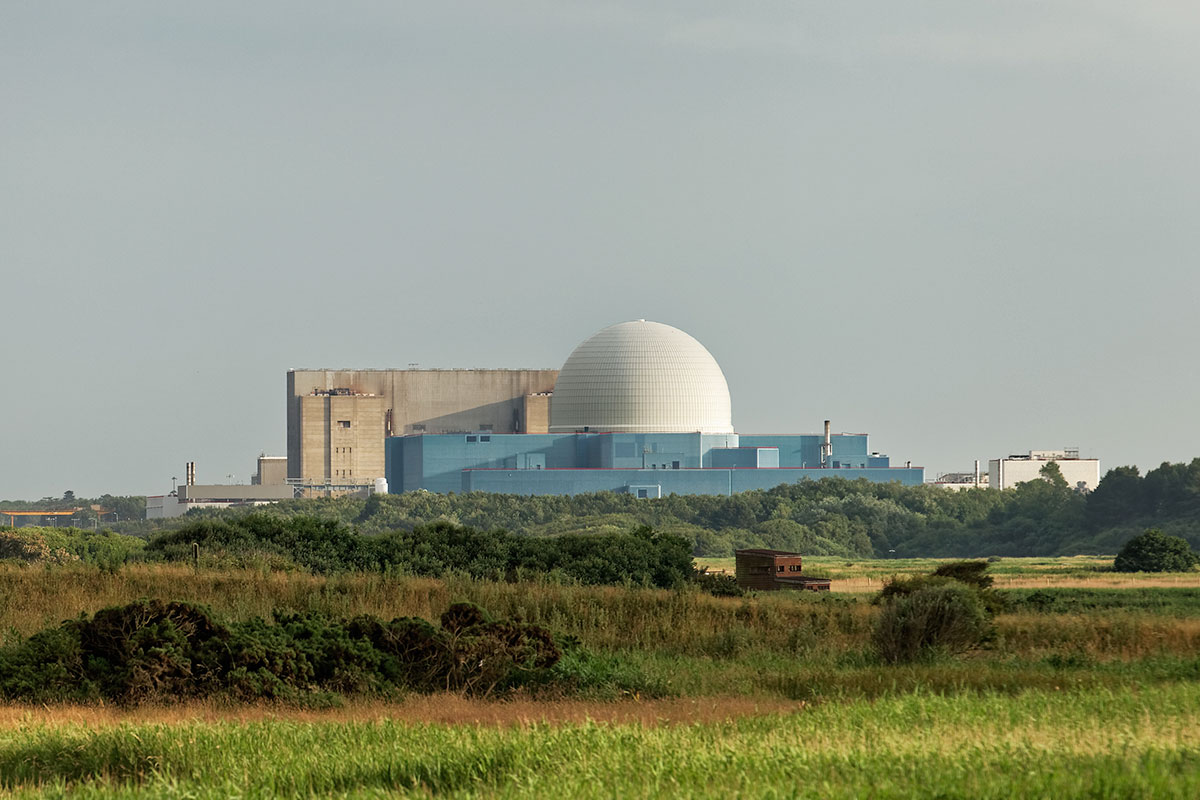Global nuclear generating capacity is projected to rise from 395 GW this year to 494 GW by 2035, according to new analysis from GlobalData.
The increase has been credited to a surge to the rollout of small modular reactors (SMRs), which are expected to go mainstream in the 2030s, as well as tighter energy‑security policies and intensifying net zero commitments.
In GlobalData’s latest report on the nuclear power market, it predicts that nuclear output will climb from 2,616 TWh in 2024 to 3,410 TWh by 2035 – a compound annual growth rate of roughly 2%. Nuclear currently supplies around 9% of global electricity, but the mix is shifting fast as countries weigh grid reliability against decarbonisation targets.
Life‑extension programmes remain the order of the day in mature markets, yet Asia continues to expand its fleets at speed. The United States still boasts the largest installed base, with 97 GW producing 787.6 TWh last year. France follows with 61.4 GW and 333.3 TWh, although China – home to the world’s youngest fleet – has already overtaken France for annual generation, logging 386.1 TWh from 56 GW.
Commenting on the findings, Mohammed Ziauddin, Power Analyst at GlobalData, said, “The growing focus on energy security due to geopolitical tensions, increasing demand for low‑carbon dispatchable power, government support through regulations and incentives such as grants, loan guarantees, production and investment tax credits (PTCs and ITCs), and market‑based mechanisms like Contracts for Difference (CfDs), advancements in SMRs and next‑gen technologies, and a surge in electricity demand from data centers are the major reasons behind the increasing adoption of nuclear energy worldwide.”
SMRs – factory‑built nuclear reactors rated below 300 MW – are widely viewed as the sector’s next big leap, promising shorter build times, lower capital costs and greater siting flexibility. More than 100 SMR projects are now in development; while operational units are currently confined to Russia and China, GlobalData expects the pipeline to deliver over 10 GW of extra capacity by 2035.
Driving the adoption of SMRs could be the data centre sector. There’s already analysis on whether the technology could enable a data centre boom in the Middle East, while the UK Government has cut red tape to enable the technology to be built to fuel growth in the AI sector.
GlobalData’s report identified the US, Canada, the UK, China and Russia as frontrunners for building out their nuclear fleets, each pursuing distinct deployment strategies ranging from powering remote communities to supplying industrial heat.
Zia concluded, “With growing concerns over climate change and energy security, nuclear power has re‑emerged as a crucial pillar in the global energy transition. Governments across the world are implementing ambitious net‑zero targets and investing in clean, dispatchable energy sources to decarbonize their economies. Nuclear energy, with its ability to provide reliable baseload power and reduce dependency on fossil fuels, is playing a vital role in this transition.
“As countries ramp up their focus on SMRs, lifetime extensions, and advanced nuclear technologies, the nuclear power market is poised for long‑term growth, driven by the dual goals of energy resilience and climate neutrality.”

